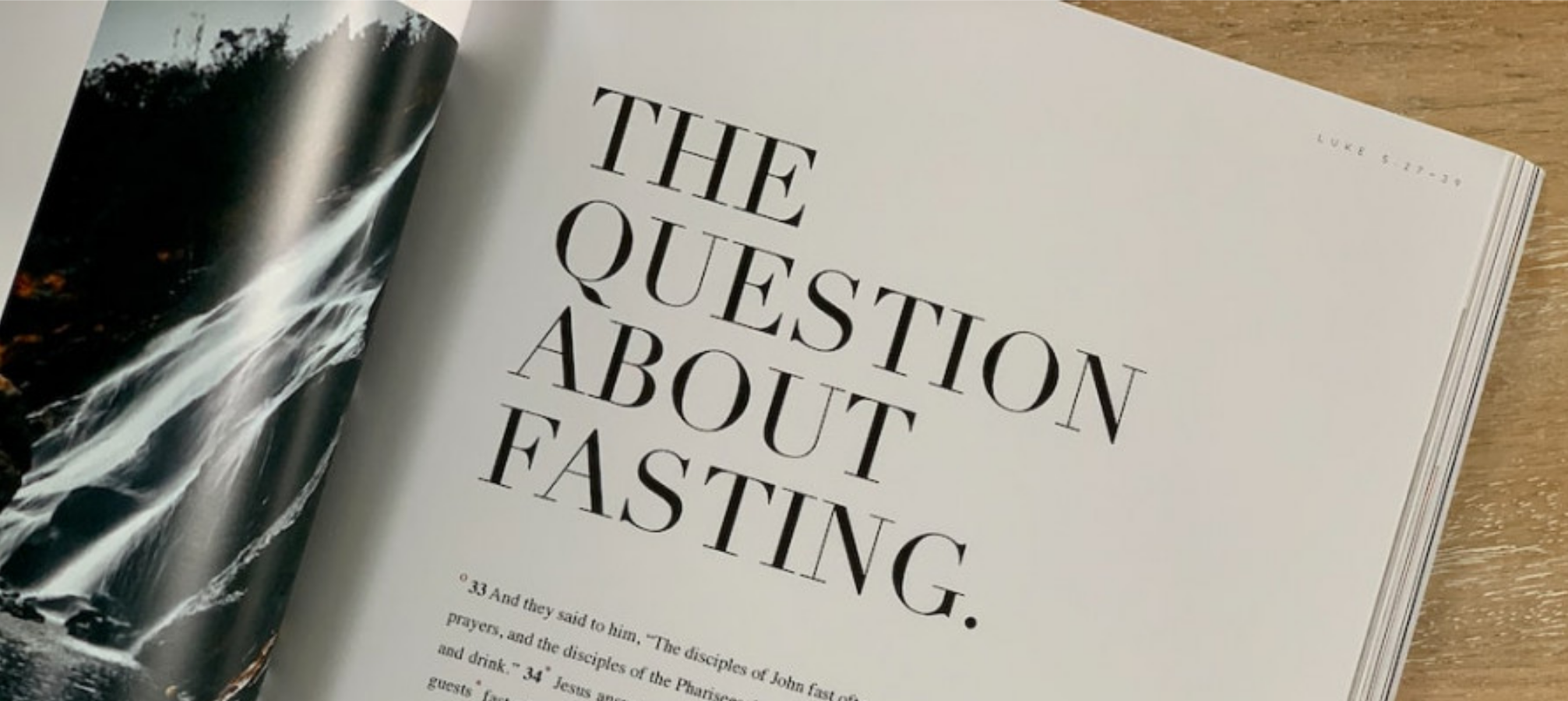
Intermittent fasting has gained significant popularity in recent years as an effective strategy for weight loss, improved metabolic health, and overall well-being. This eating pattern involves cycling between periods of fasting and eating, rather than focusing on specific food restrictions. I will explore the basics to intermittent fasting, including its different methods, potential benefits, and tips for getting started.
What is Intermittent Fasting?
Intermittent fasting is a dietary approach that involves alternating between periods of fasting and non-fasting. It is not a specific diet plan but rather a pattern of eating. Common methods of intermittent fasting include the 16/8 method, where you fast for 16 hours and have an 8-hour eating window. To start you can alter the fasting time to 12 hours and work your way up to 16 hours. For example, if you eat dinner at 7 p.m. and you are doing a 12-hour fast then you would eat at 7 a.m. the next morning.
The 5:2 method involves normal eating for five days and restriction of calories for two non-consecutive days. Personally, I have not used this approach so I cannot say too much about it. I will address this method in future posts.
Benefits of Intermittent Fasting
Intermittent fasting offers a range of benefits. It can aid in weight loss by reducing overall caloric intake and increasing fat burning. Additionally, it may improve insulin sensitivity, which is important for managing blood sugar levels. Other benefits include improved brain health, increased energy, and autophagy, a process that helps cleanse and repair cells.
Getting Started with Intermittent Fasting
1. Choose the Right Method: Begin by selecting an intermittent fasting method that suits your lifestyle and preferences. Start with a less restrictive approach, such as the 12/12 or 14/10 method, where you fast for 12 or 14 hours, respectively, and eat within the remaining hours. As you become comfortable, you can gradually increase the fasting period.
2. Start Slowly: If you are new to intermittent fasting, it is recommended to ease into it gradually. Begin by fasting for shorter periods, such as 12 hours, and gradually increase the fasting window according to your comfort level.
3. No Snacking: Intermittent Fasting means no snacking in between meals. Sorry about that! You are intermittently eating and intermittently fasting. You will be eating 1 to 3 meals per day. If you feel you need certain snacks eat the snack at the end of your meal. Snacking increases insulin resistance which will ultimately hinder your metabolism.
4. Stay Hydrated: It is essential to drink plenty of water during your fasting period to keep hydrated. You may use electrolytes in your bottled water to help stay hydrated. You can also consume unsweetened herbal teas or black coffee to help curb hunger.
5. Focus on Nutrient-Dense Foods: When breaking your fast, prioritize nutrient-dense whole foods, including lean proteins, healthy fats, complex carbohydrates, and a variety of fruits and vegetables. This will help nourish your body and support overall health.
6. Listen to Your Body: Pay attention to your body’s signals and adjust your fasting schedule accordingly. If you start feeling excessively hungry or experiencing any adverse effects, consider modifying your fasting window or seeking guidance from a healthcare professional.
My Experience
I started with a 14-hour fast. I ate at around 6 p.m. for dinner and the next morning broke my fast at “break” fast around 8 a.m. Then I ate my meals between the hours of 8 a.m. and 6 p.m. each day. Figure out what works best for you and your schedule and go with it. You want to work your way up to 16/8 if you choose this method. This will ensure that you reach some autophagy. This is important to help your body repair cells where necessary and clean out damaged cells that cannot be repaired. I generally do a 16/8 method. In order to keep myself more metabolically flexible, I will sometimes do a 20/4 method where I only eat 2 meals that day or even an OMAD, which is one meal a day. The variation keeps your body from getting used to the same schedule every day. This helps keep your metabolism working for you.
When you do extend fasts, make sure to stay hydrated and eat plenty of nutrient-dense foods. If I am doing the OMAD method, I make sure to increase my caloric intake accordingly in order to consume enough nutrition. There is no need to feel hungry just because you have extended your fast. If you are doing an extended fast you can put some MCT oil in your coffee or tea in between meals to get you through to your next meal.
Conclusion
Intermittent fasting can be an effective and flexible approach to improve health and achieve weight loss. Whether you choose the 16/8 method or the 5:2 approach, it’s essential to listen to your body and customize your fasting plan to fit your lifestyle and preferences. Remember to start gradually, stay hydrated, and focus on nourishing your body with nutrient-dense foods during eating windows. By following these basic guidelines, you can embark on an intermittent fasting journey and reap the benefits it has to offer. Be sure to always consult with a healthcare professional before starting any new dietary regimen.
